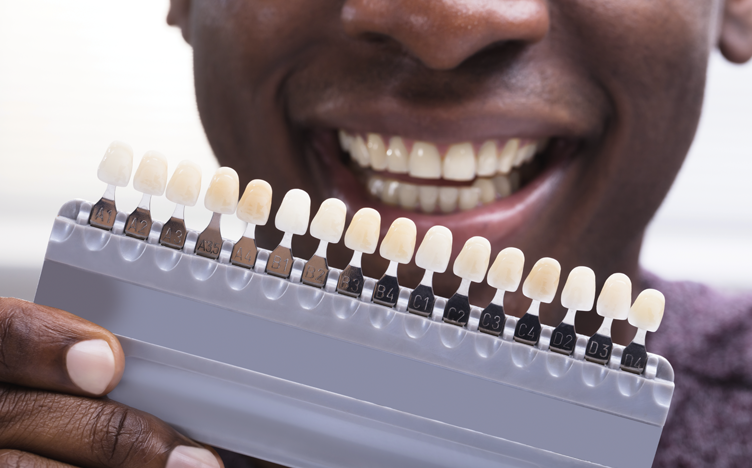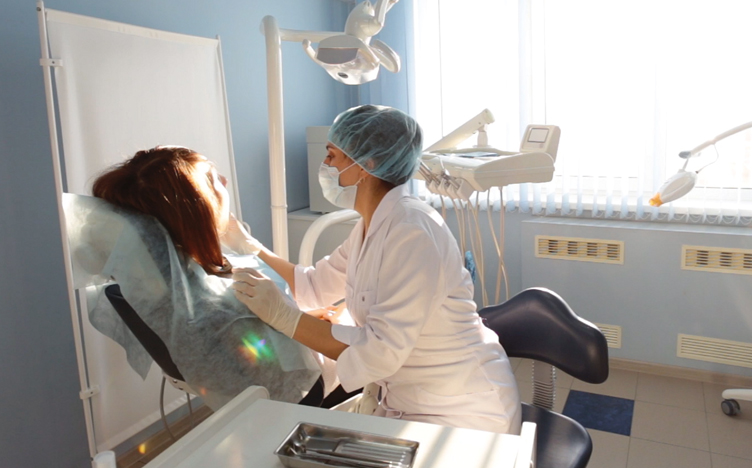Does the thought of visiting your dentist make you a little uneasy? If so, you’re not alone. At least half of all people feel anxious about going to the dentist.1 This is especially true for those who have a procedure coming up that could have some pain involved — such as filling a cavity or removing wisdom teeth.
Fortunately, dentists have a variety of ways to help ease pain and anxiety for both adults and children to make them feel more comfortable. The type of anesthesia and sedation used depends on the patient and the type and length of dental treatment needed.
Local anesthesia reduces or eliminates pain in the area where it’s applied. It is given as an injection. The anesthetic numbs the area where the dentist needs to do a procedure, such as extracting a tooth or filling a cavity. It usually takes effect within a few minutes and lasts for an hour or two. Topical anesthesia is often used before an injection and is applied directly in your mouth as a liquid, cream, ointment, gel or spray.









